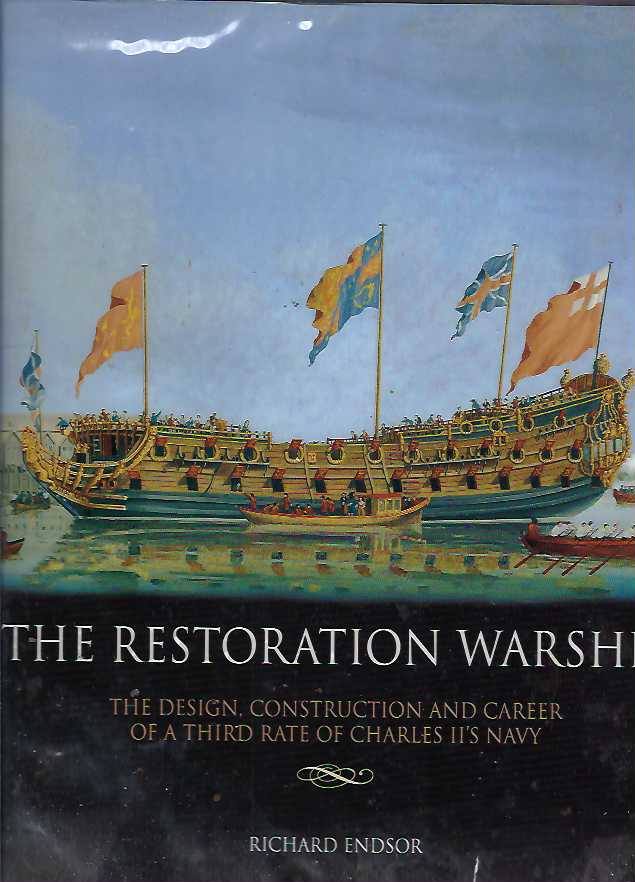Laid down in 1677, Lenox represents the pinnacle of English shipbuilding practice and, in many ways, typifies all third-rate ships of the period, which were by far the most numerous class of warship in the seventeenth century, and formed the backbone of the English fleet. Lenox was ordered as the first of the King’s “Thirty Ships” building programme, a series of beautiful and powerful warships that were intended to reflect the glory and majesty of the monarch. Their graceful lines and ornate decoration made these ships ideal subjects for study – sketches were made, for example, by the famous artist Van de Velde, one of the fathers of the marine painting genre. Unsurprisingly, they remain a source of fascination for ship modellers today, and their construction in a time of huge international significance, during the Anglo-Dutch Wars of 1660-1685 and midway through Louis XIV’s massive expansion programme for the French Navy, means there is great interest in this subject amongst historians. Employing extensive primary research, author Richard Endsor has produced one of the most detailed building and career histories of any vessel, in turn making a major contribution to modern understanding of English shipbuilding practice during the Restoration period. Every aspect of Lenox is covered in great detail, from initial design and construction to armament, fitting out and her later career. The book provides a broad picture of the day-to-day workings of Deptford dockyard, including the techniques, trade and tools of the shipwrights, sail-makers and rope-makers. It simultaneously demonstrates a very keen insight into the workings of naval administration. Construction of Lenox and her sisters was largely down to Samuel Pepys, the famous diarist and Secretary to the Admiralty, who considered the Thirty Ships programme to be “the greatest achievement of my career”. Pepys figures as a key character in the context of Lenox’s design, construction and build, and indeed such human interest is woven throughout. Employing original documents, individuals are shown to have influenced many aspects of the ship, which in turn, through this work, has now reserved its own place in maritime scholarship. The Restoration Warship will justifiably enter the canon of standard reference works on shipbuilding practice in the age of sail.
“This books unveils the step by step building of the 70-gun third-rate Lenox in restoration period (The Restoration of the English monarchy began when the English, Scottish and Irish monarchies were all restored under Charles II in 1660 ). Enriched with many original diagrams the reader will be completely immersed in the details and evolution of the building of this ship.”
“As the title suggests, this book is the story of a third rate ship of the line in the 17th century. What I did not appreciate until I opened it is the wealth of detail provided. The author has provided scaled drawings of most of the ship. Many construction details are accompanied by sketches to help explain the concept. But it is more than the construction, it deals with sourcing the materials, the manpower employed, and the influence of the politics of the day, and finally the service history of the completed ship.”
pp. 256 illusts (in protective wrapper) Large heavy format. #090422
